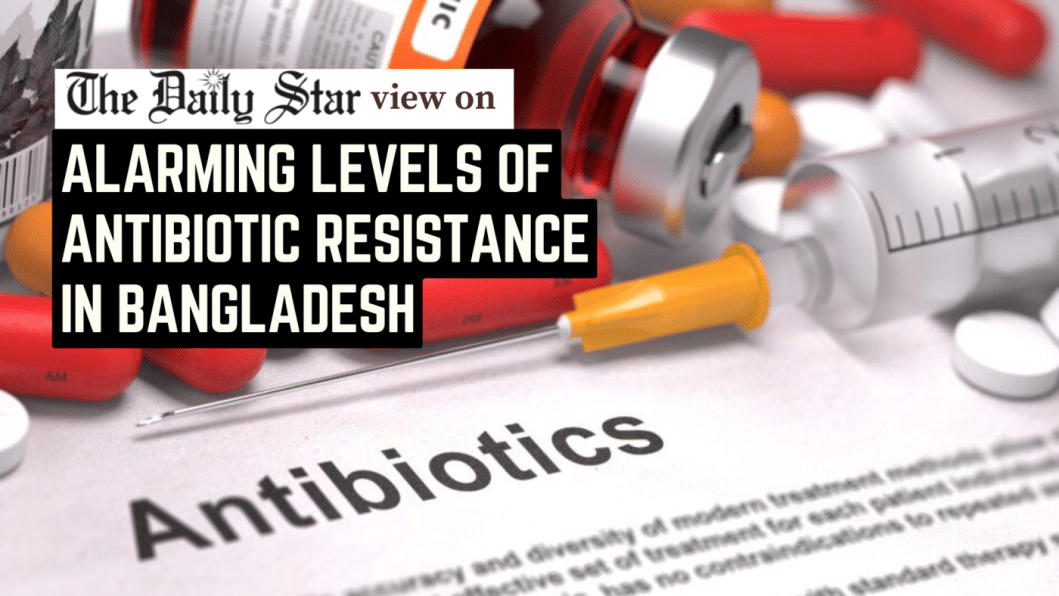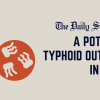Indiscriminate use of antibiotics must stop

We are deeply concerned by the alarming levels of antibiotic resistance reported in the country. According to a recent WHO report, some critical antibiotics in the country face resistance rates ranging from 79 to 97 percent, underscoring a worsening level of antimicrobial resistance (AMR). Resistance levels of some of these drugs are among the highest in South-East Asia, including India, Nepal, and Sri Lanka. Health experts warn that these rising AMR rates can lead to more severe illnesses, prolonged hospital stays, increased treatment failures, greater surgical and medical risks, and ultimately higher mortality. Without urgent action, this crisis could spiral out of control, driving up treatment costs, overburdening healthcare systems, and reducing productivity.
According to the WHO, AMR occurs when bacteria, viruses, fungi, and parasites no longer respond to antimicrobial medicines, making infections harder or impossible to treat and increasing the risk of disease spread, severe illness, disability, and death. An earlier icddr,b AMR study that monitored ICU patients from July 2023 to January 2024, found similar alarming results, yet those have largely failed to prompt any decisive action from health authorities.
The misuse of antibiotics in the country has been quite widespread, with those being readily available at pharmacies without prescriptions. Although the Drug and Cosmetic Act, 2023, strictly prohibits the sale of antibiotics without prescriptions, enforcement remains weak. More worryingly, over-prescription by doctors has exacerbated the problem. Other contributing factors include patients not completing their antibiotic courses, overuse of antibiotics in livestock and fish farming, poor infection control in hospitals, and inadequate hygiene and sanitation.
The crisis also exposes our healthcare inequalities, as patients from low-income backgrounds, unable to access proper medical care, often rely on unprescribed antibiotics from local pharmacies.
When healthcare is neither affordable nor accessible, misuse of medicines becomes inevitable. To tackle this crisis, authorities must strengthen antibiotic regulations and standardise surveillance methods with rigorous monitoring. Authorities should also ensure transparency between pharmaceutical companies and doctors, curb profit-driven prescribing, and promote diagnostic testing to ensure appropriate antibiotic use. Ultimately, a holistic approach is essential—one that improves healthcare infrastructure, enhances patient education, and enforces stronger regulations.

 For all latest news, follow The Daily Star's Google News channel.
For all latest news, follow The Daily Star's Google News channel. 









Comments